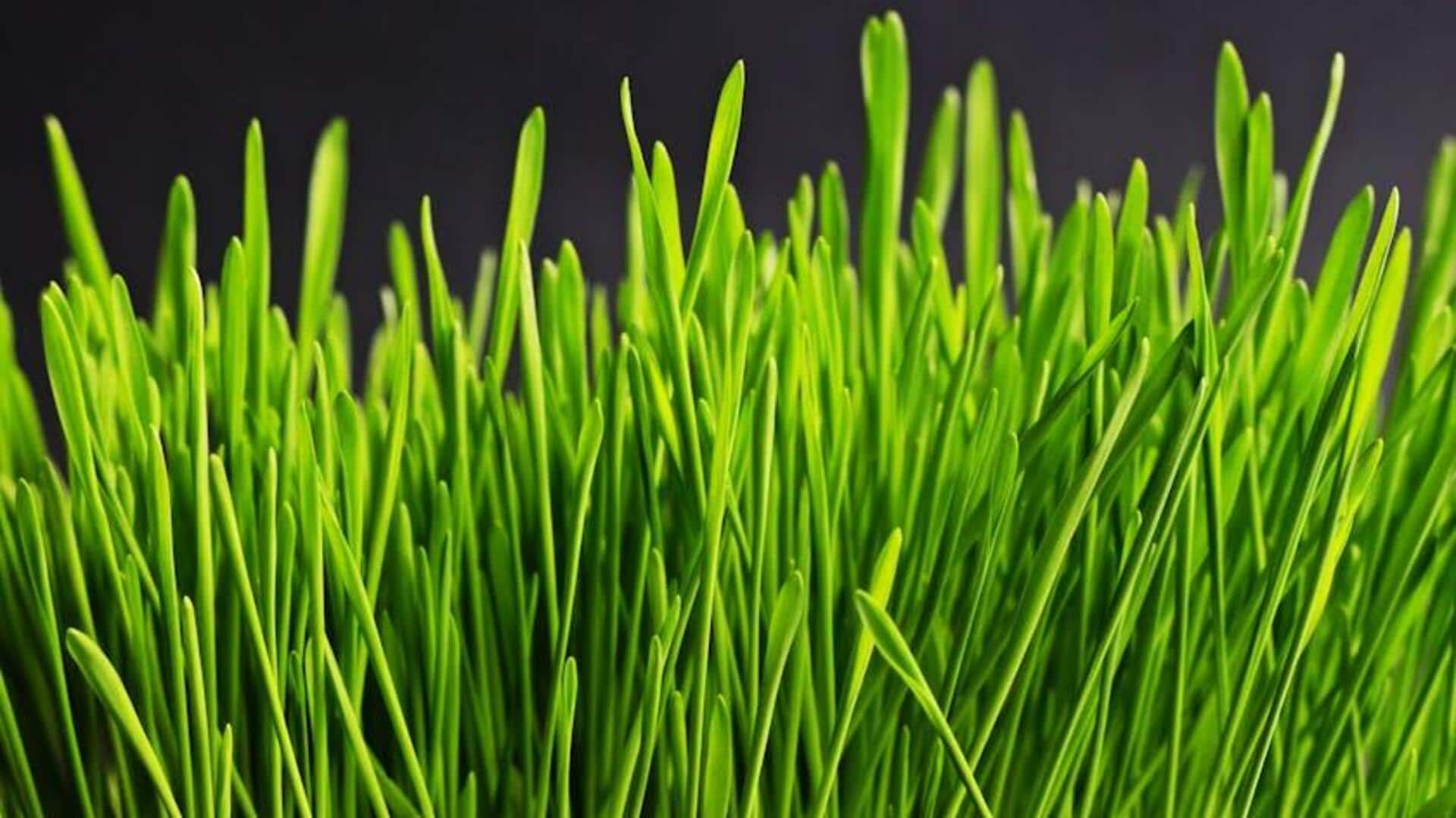
You can also become a pro at African microgreen farming
What's the story
Microgreen farming is booming in Africa, offering low start-up costs and highly nutritious produce.
It entails growing vegetables and herbs to their seedling stage for harvesting, making it perfect for urban or space-limited settings.
This comprehensive guide provides crucial advice for those looking to start or improve their microgreen farming practices anywhere on the continent.
Seed selection
Select the right seeds
Selecting the right seeds is a critical first step in microgreen farming.
Always choose non-GMO, organic seeds specifically designed for microgreen cultivation.
Fast-growing and nutritious options like radishes, kale, arugula, and basil are favorites among growers.
Purchase your seeds from trusted suppliers to ensure high germination rates and vigorous plant growth.
Growing medium
Optimize your growing medium
The growing medium you choose plays a critical role in the health and yield of your microgreens.
A mix of peat moss and vermiculite is a top choice, providing excellent water retention and aeration for robust root growth.
Coconut coir is a sustainable alternative, offering similar benefits to the peat moss and vermiculite blend.
Ensure the medium is one to two inches deep for optimal root expansion.
Lighting needs
Ensure adequate lighting
Microgreens need ample light to photosynthesize and thrive.
In sun-drenched parts of Africa, relying on natural light is feasible. But when the rainy season rolls in or if you're growing your greens indoors, you'll need to invest in artificial lighting. LED grow lights are a great choice.
Hang lights ~12 inches above your greens and keep a steady rhythm - 12-16 hours of light each day is ideal.
Climate control
Maintain proper humidity and temperature
The optimal temperature range for most microgreens is 18 degrees Celsius to 24 degrees Celsius, and humidity should be maintained around 40%-60%.
These conditions are naturally met in many African climates but may need to be regulated in controlled environments such as greenhouses or indoor farms through the use of humidifiers or air conditioners.
Harvest time
Harvesting techniques
Harvest microgreens when they're at their prime, usually two to three weeks post sowing, when they've grown their first true leaves.
With the help of clean scissors or a knife, cut them right above the soil line. Be careful not to bruise them by handling them delicately.
This perfect timing and technique maximize flavor and nutrition. Plus, they support local food systems and provide income opportunities across Africa.